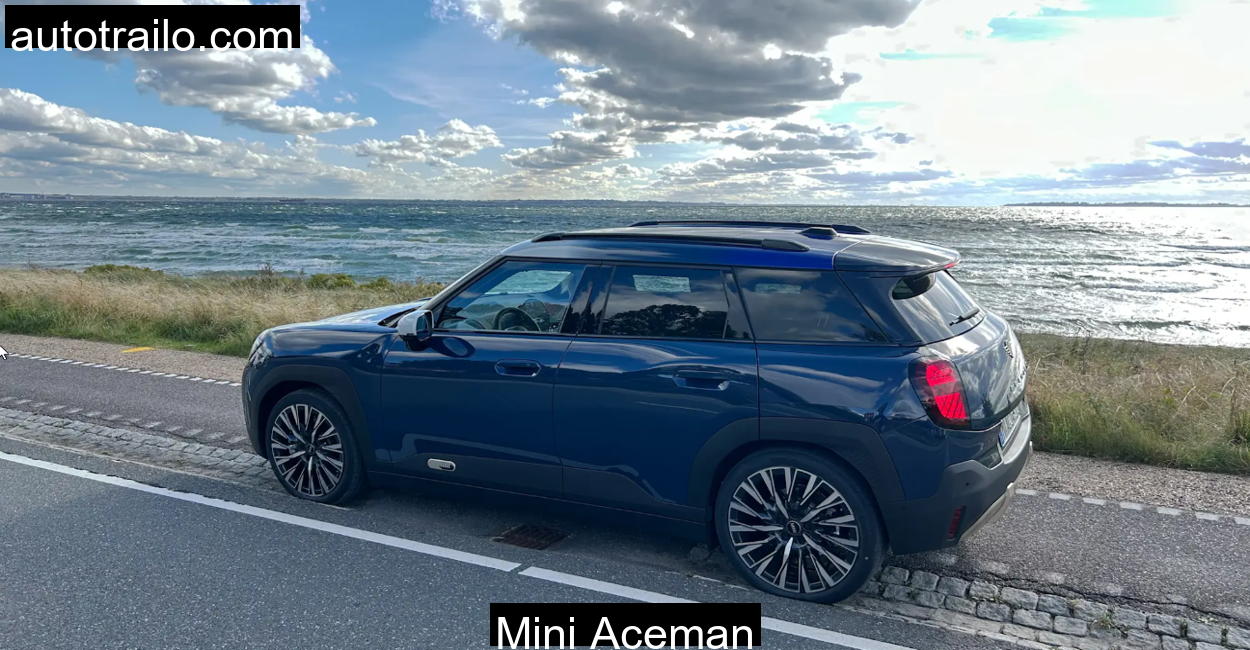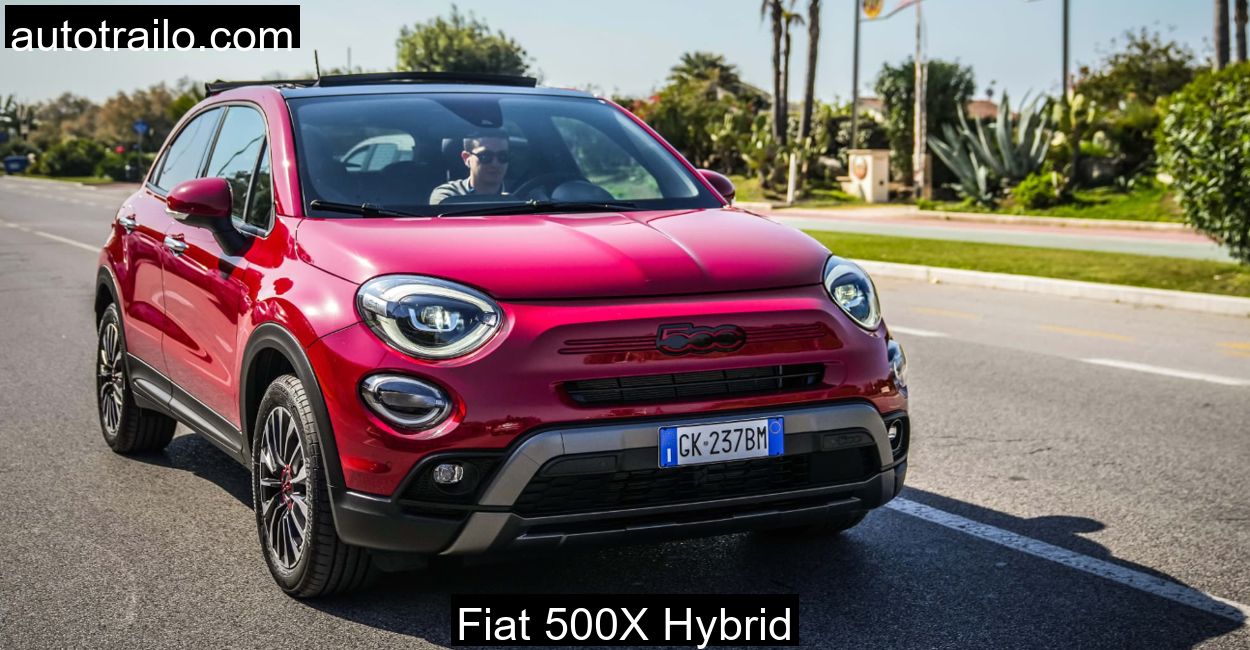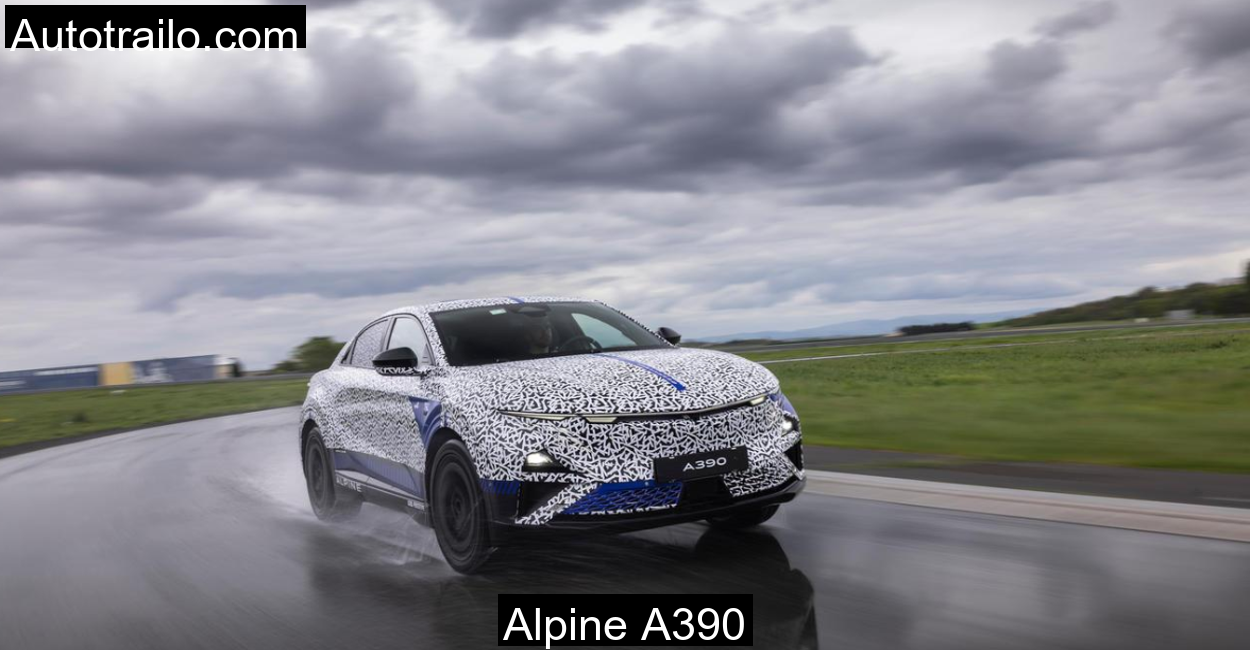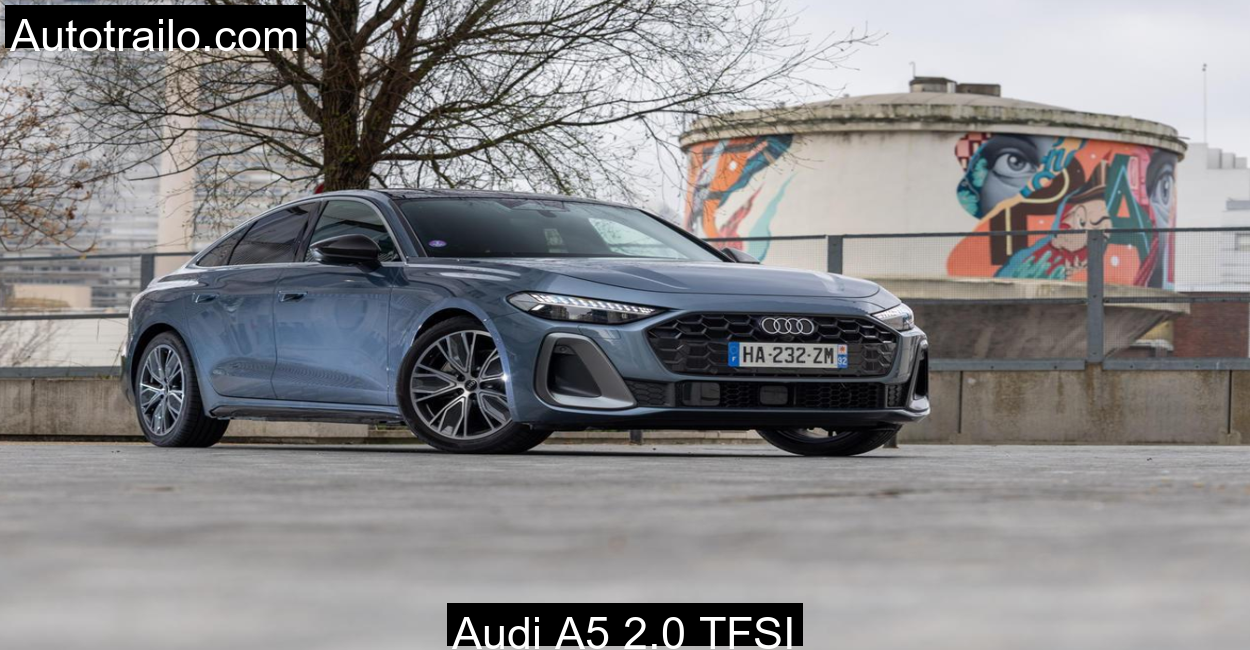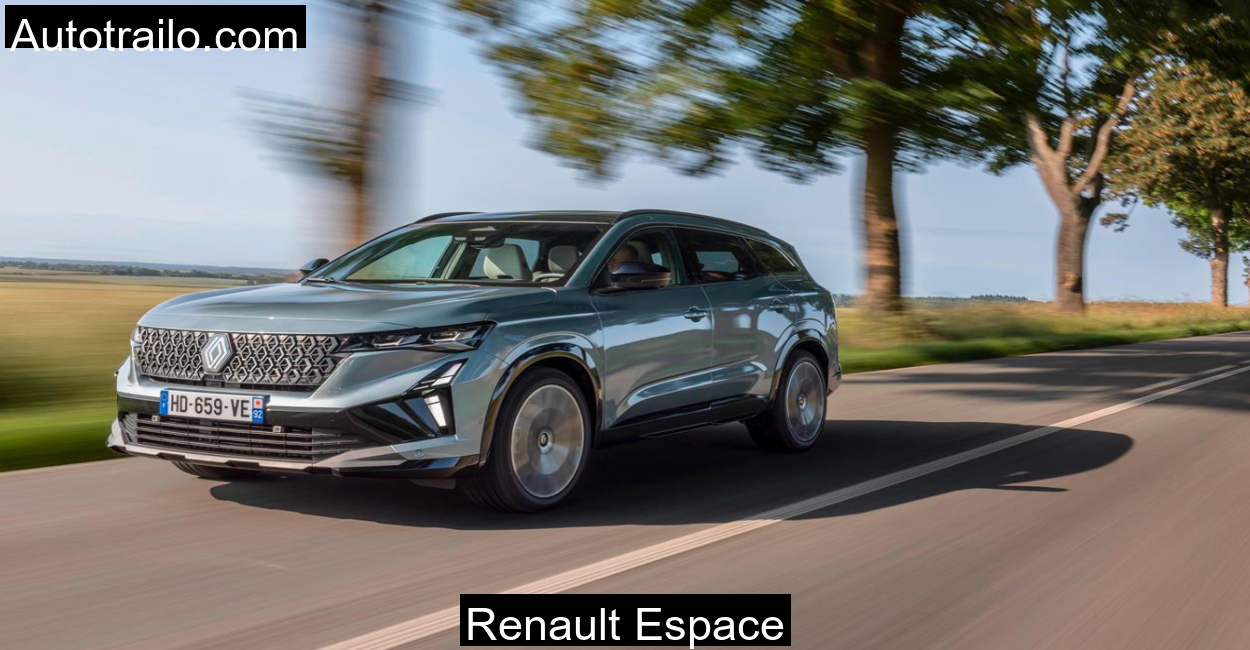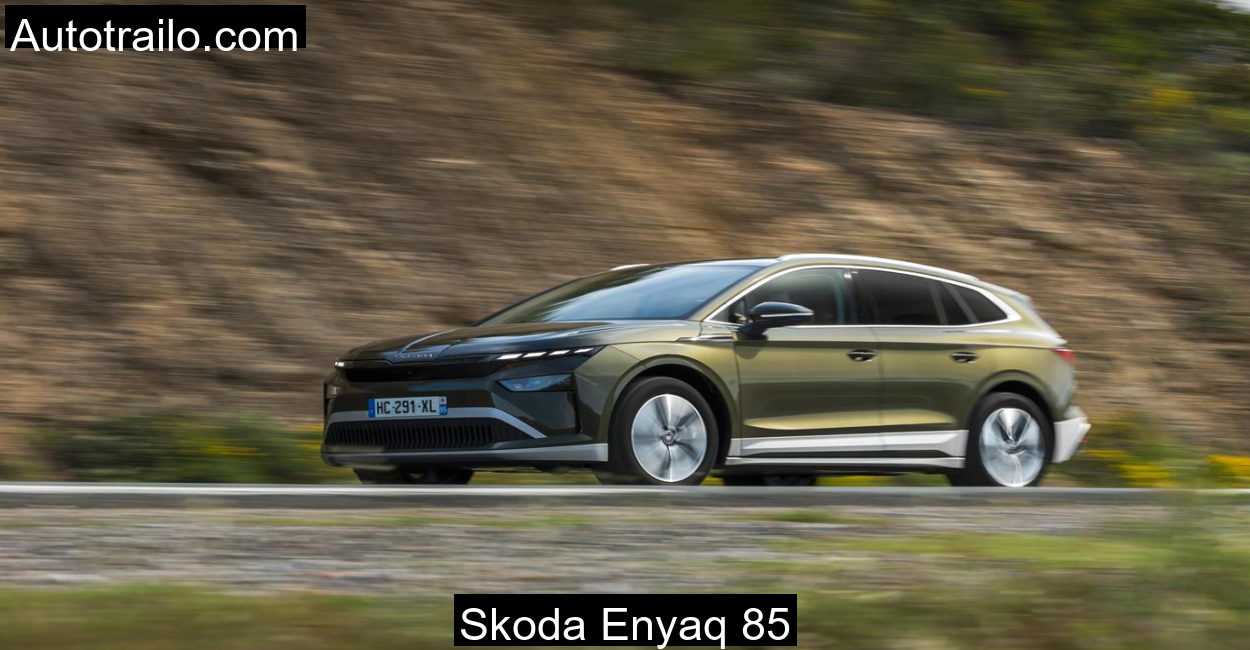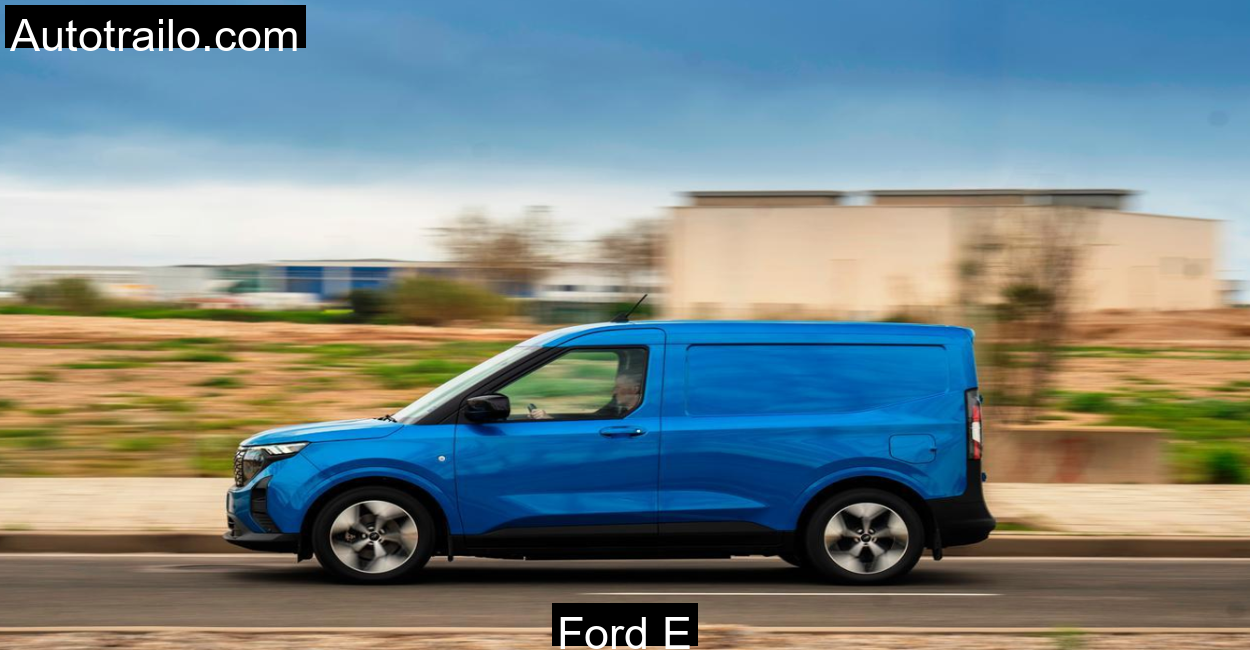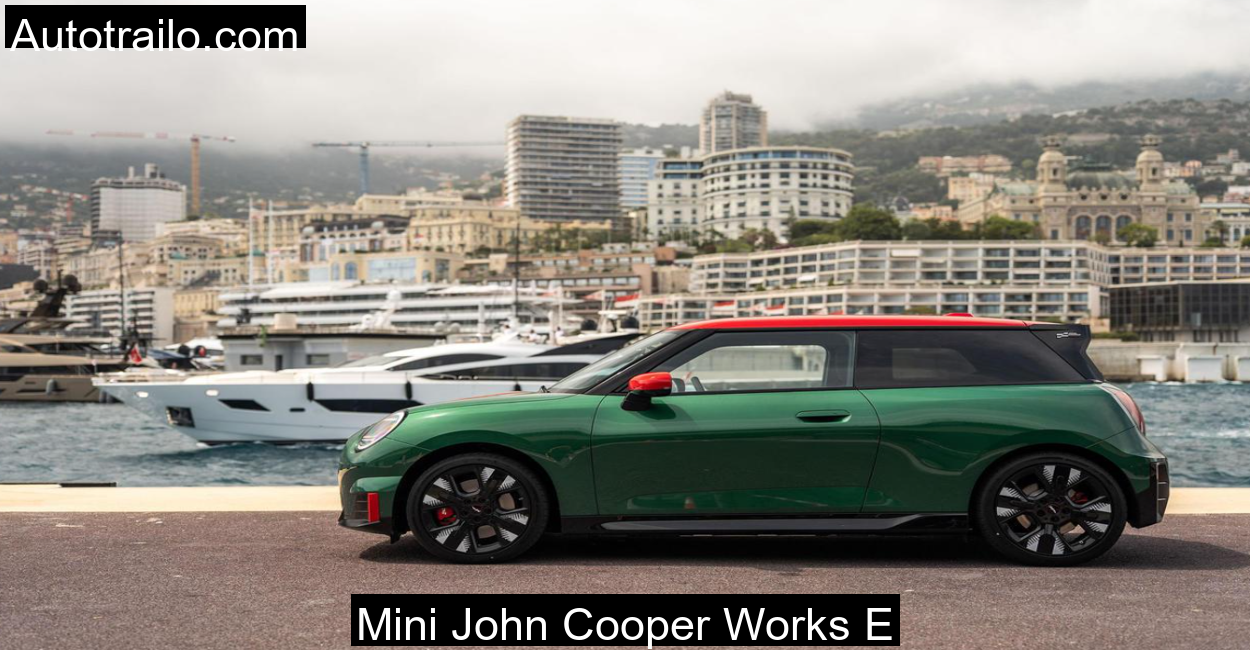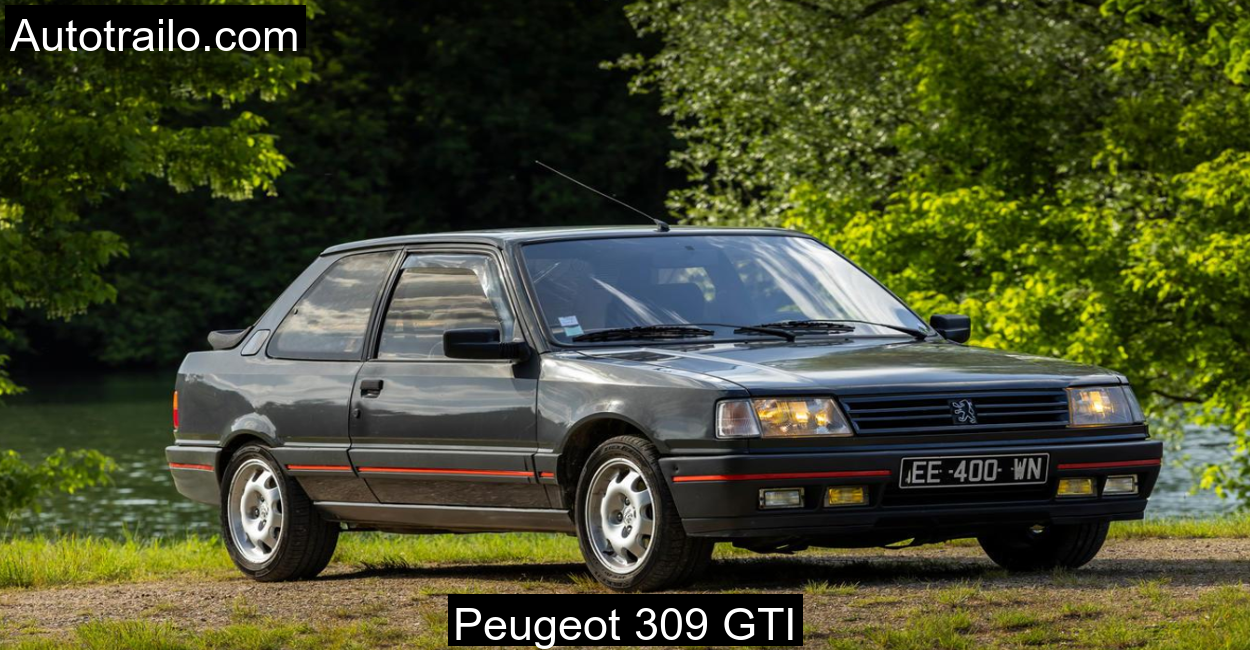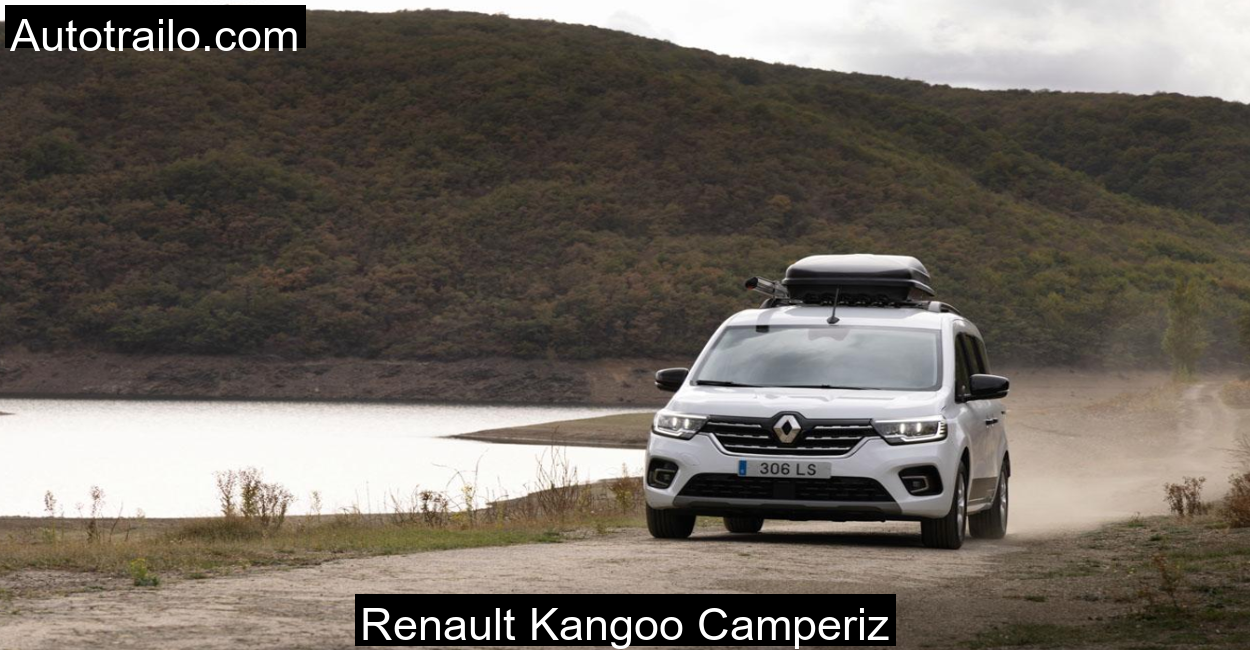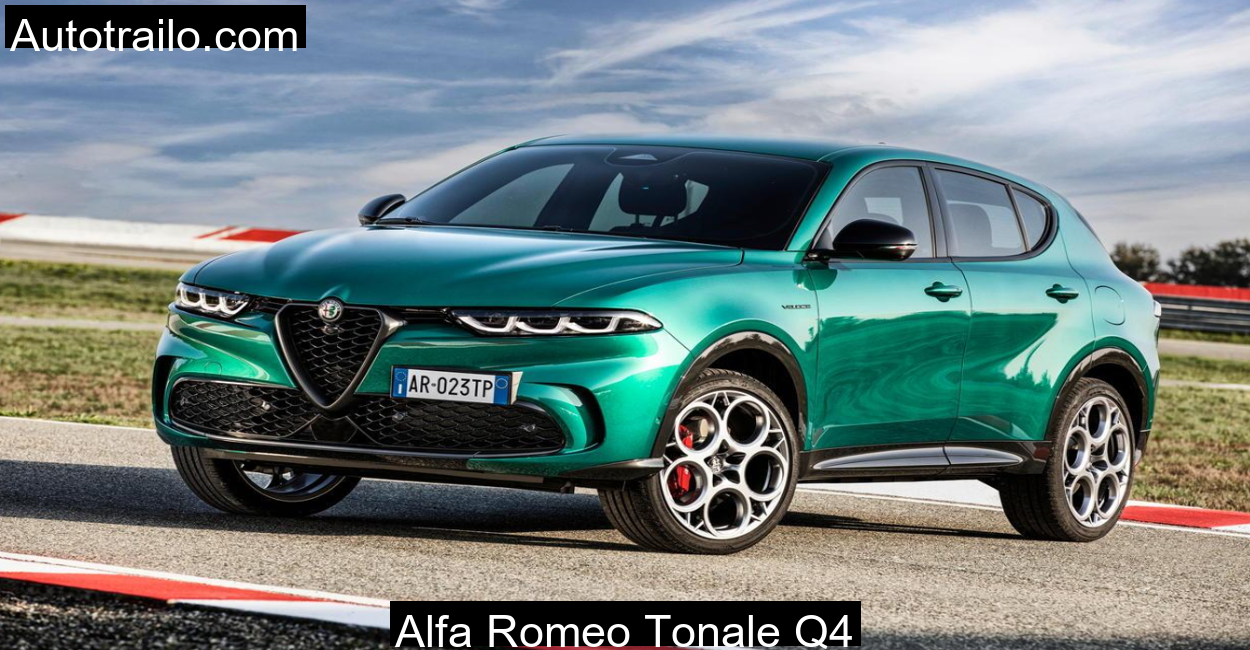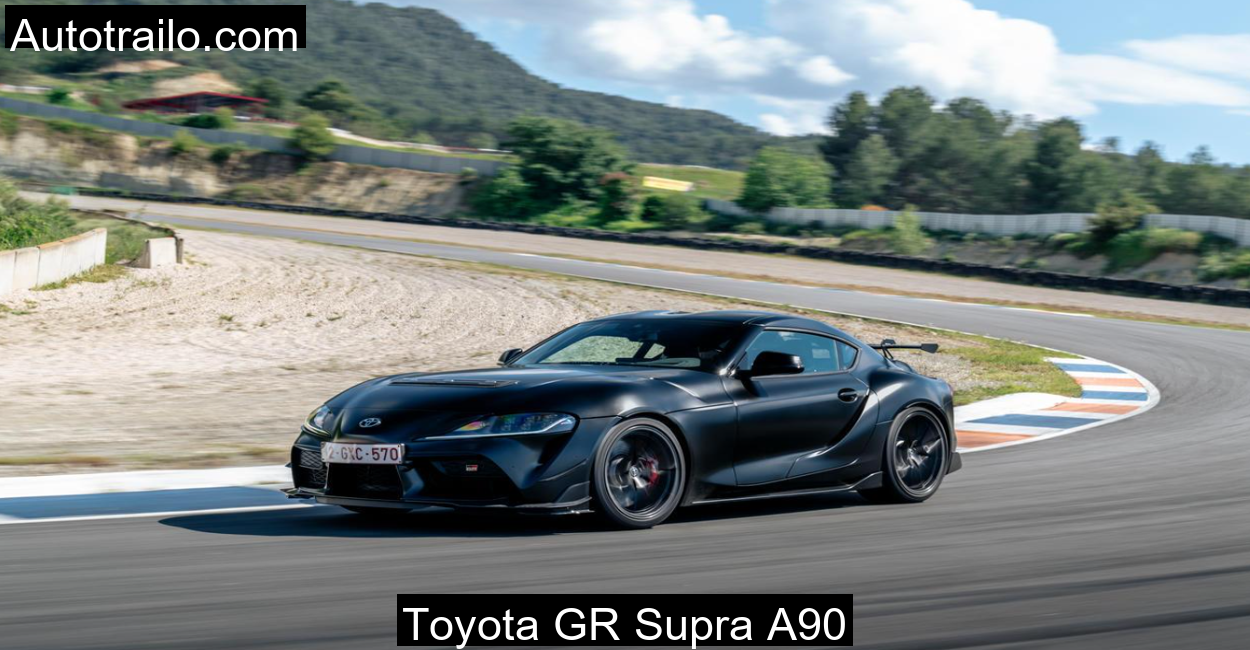Introduction: A New Chapter in Electric Driving
When I first laid eyes on the Mini Aceman, I was intrigued. Positioned between the compact Cooper and the larger Countryman, the Aceman promised a blend of agility and practicality. As someone who appreciates the nuances of driving, I was eager to see how this all-electric crossover would perform, especially on the winding roads of the Balaghat Hills.
Table of Contents
Setting the Scene: The Balaghat Hills
The Balaghat Hills, with their undulating terrains and scenic vistas, offer a perfect backdrop to test a vehicle’s capabilities. The mix of sharp turns, steep inclines, and occasional rough patches provides a comprehensive environment to assess handling, comfort, and performance.
First Impressions: Design and Presence
The Aceman’s design is unmistakably Mini, yet it brings a fresh perspective. Its compact dimensions, measuring 4,079mm in length and 1,754mm in width, make it agile, while the five-door configuration adds practicality. The front fascia, with its sleek LED headlights and closed-off grille, exudes modernity. The contrasting roof and mirror caps add a touch of flair, making it stand out amidst the natural hues of the hills.
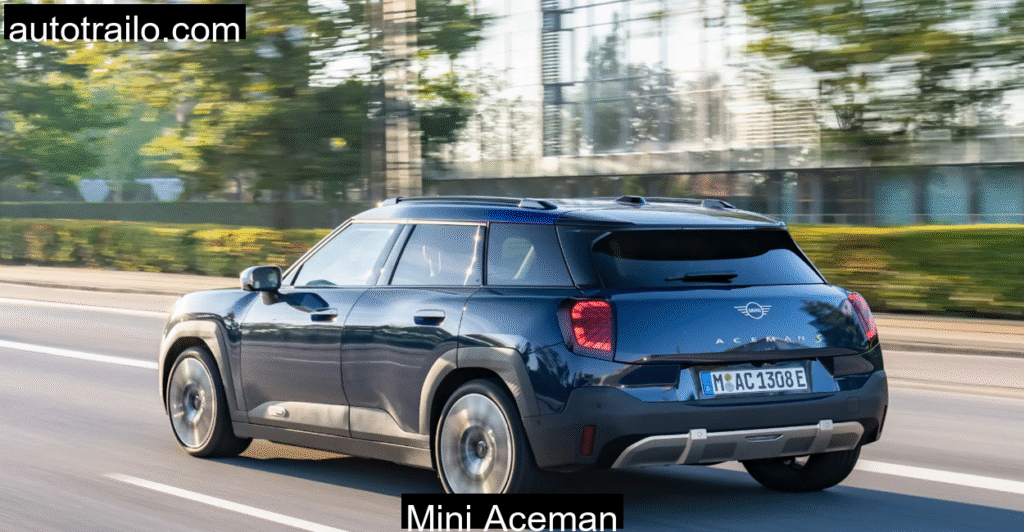
Interior Ambience: Comfort Meets Innovation
Stepping inside, the Aceman welcomes you with a blend of tradition and innovation. The centerpiece is the 9.4-inch circular OLED infotainment screen, reminiscent of classic Mini designs but packed with modern features. The dashboard, adorned with recycled materials, emphasizes sustainability without compromising on aesthetics.
The front seats offer ample support, crucial for long drives through challenging terrains. Rear passengers benefit from decent legroom, though taller individuals might find headroom a tad limited due to the panoramic sunroof. The 300-liter boot space is adequate for weekend getaways, and folding the rear seats expands it to 1,005 liters, accommodating larger luggage or equipment.
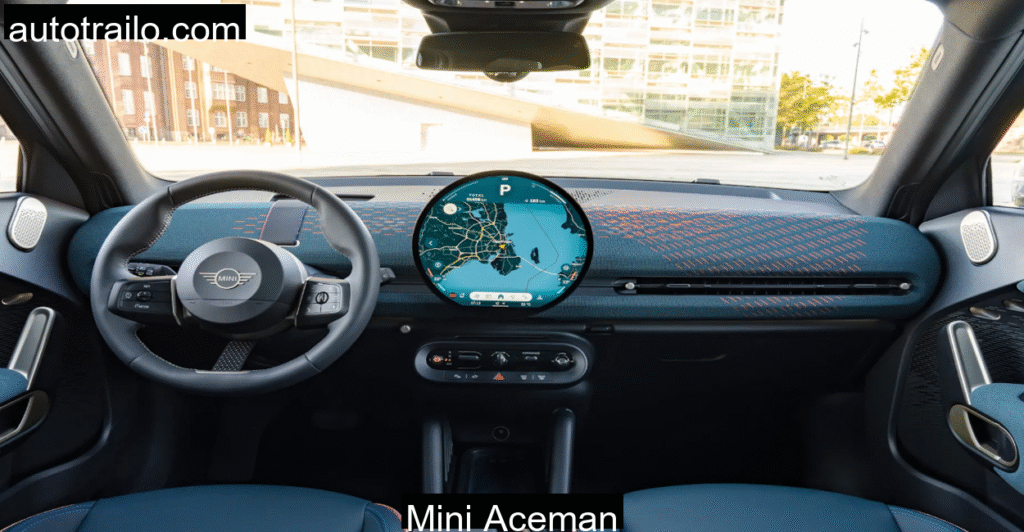
Performance: Navigating the Balaghat Terrain
The Aceman SE variant, equipped with a 54.2kWh battery and a 218hp motor, delivers a commendable performance. Accelerating from 0 to 62 mph in 7.1 seconds, it feels responsive, especially in ‘Go-Kart’ mode, which sharpens throttle response and steering.
On the winding roads of the Balaghat Hills, the Aceman showcases its agility. The low center of gravity, courtesy of the battery placement, ensures stability around corners. The steering is precise, allowing for confident maneuvering through tight bends. However, the suspension leans towards the firmer side, making certain rough patches more noticeable.
Real-World Range and Efficiency
Mini claims a range of up to 252 miles for the SE variant. During our drive, which included uphill climbs and spirited driving, we observed a range closer to 220 miles, which is respectable given the conditions. The regenerative braking system, adjustable through various modes, aids in energy recuperation, especially during downhill sections.
Charging Capabilities
The Aceman SE supports DC fast charging up to 95kW, allowing a 10-80% charge in approximately 30 minutes. For home charging, it accommodates up to 11kW AC, fully charging the battery in about 5 hours and 45 minutes. While these figures are competitive, some rivals offer faster charging speeds, which could be a consideration for frequent long-distance travelers.

Safety and Driver Assistance
Safety is paramount, and the Aceman doesn’t disappoint. It comes equipped with a suite of driver assistance features, including adaptive cruise control, lane departure warning, and parking assist. The head-up display ensures essential information is within the driver’s line of sight, reducing distractions.
Conclusion: A Worthy Contender in the EV Segment
The Mini Aceman SE impresses with its blend of performance, design, and practicality. Its agility makes it a joy to drive, especially on challenging terrains like the Balaghat Hills. While there are areas for improvement, such as suspension comfort and charging speeds, the overall package is compelling. For those seeking an electric vehicle that doesn’t compromise on driving pleasure, the Aceman is a strong contender.
Technical Specifications
Every Aceman technical insight we share is sourced directly from the company’s official website.
| Specification | Aceman SE |
| Battery Capacity | 54.2 kWh |
| Power Output | 218 hp |
| Torque | 330 Nm |
| 0-62 mph | 7.1 seconds |
| Top Speed | 105 mph |
| WLTP Range | 238 – 252 miles |
| DC Fast Charging | Up to 95 kW (10-80% in ~30 minutes) |
| AC Charging | Up to 11 kW (0-100% in ~5h 45m) |
| Boot Capacity | 300 L (expandable to 1,005 L) |
| Dimensions (L x W x H) | 4,079mm x 1,754mm x 1,514mm |
FAQs
How does the Aceman handle on rough terrains?
The Aceman offers precise steering and stability, making it adept at handling winding roads. However, its firm suspension can make certain rough patches more pronounced.
Is the rear seating comfortable for taller passengers?
While legroom is adequate, taller individuals might find headroom slightly limited, especially with the panoramic sunroof.
How practical is the boot space for daily use?
The 300-liter boot is sufficient for daily errands and short trips. For larger luggage, folding the rear seats expands the space to 1,005 liters.
What are the charging options for the Aceman SE?
The Aceman SE supports up to 95kW DC fast charging and up to 11kW AC home charging. Charging from 10-80% takes about 30 minutes with DC fast charging.
